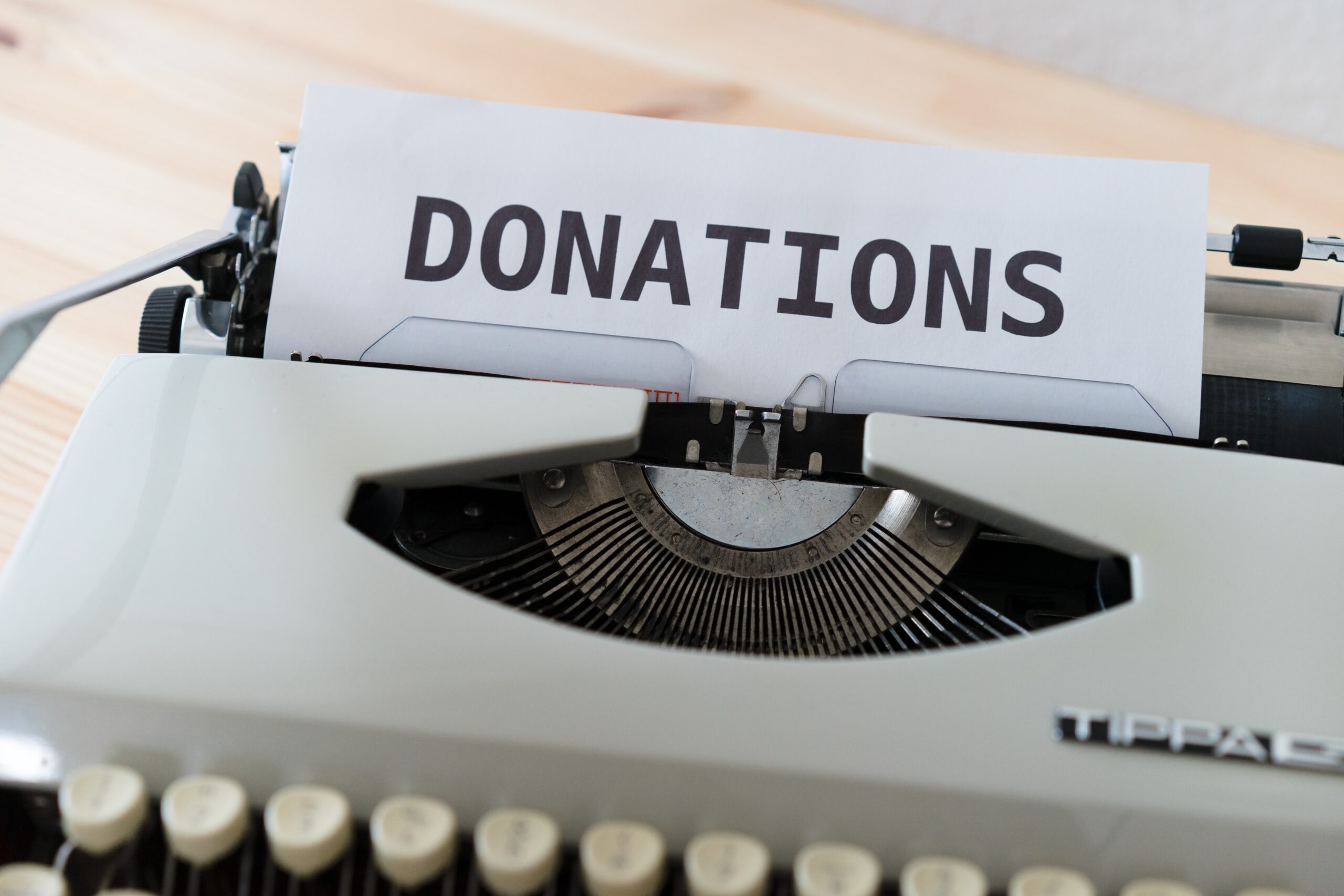A Nation of Giving
A majority of American adults give contributions to various causes, according to the MRI-Simmons consumer survey from fall 2021. Overall, 51% of Americans personally contributed to an organization in the previous 12 months from when they participated in the survey. (Surveys were completed between September 2019 and August 2021.) More than a quarter of Americans, 26%, said they gave to a religious entity, standing out among the choices. The others were much below that figure. On average,
- 10% gave to a political cause,
- 10% to social services,
- 10% to another nonreligious organization,
- 9% to an educational cause,
- 8% to a health cause,
- 6% to an environmental entity,
- 6% to PBS (Public Broadcasting Service), and
- 5% to an arts/cultural cause.
Breakdown by Community Type
A mix of homogenous and diverse rural communities were more likely than average to have contributed to a religious organization: the middle-income Aging Farmlands as well as the lower-income African American South, Working Class Country, and Evangelical Hubs. Based in the South, Appalachia, and the Plains states, these communities are known for the integration of religion into daily life.
These same communities were less likely than average to have donated to a political entity while Urban Suburbs and LDS Enclaves were more likely to have contributed. Diverse, upper-middle-income Urban Suburbs are filled with working professionals with more disposable income for such contributions. These communities ringing cities have become Democratic bastions, and many residents have been politically fired up in the past several years.
In the middle-income LDS Enclaves, with large numbers of Mormon adherents, there’s a widespread spirit of citizenship that may be demonstrated through donating to political groups. On its website, The Church of Jesus Christ of Latter-day Saints says it “does not endorse, promote or oppose political parties, candidates or platforms.” At the same time, “The Church does encourage its members to play a role as responsible citizens in their communities, including becoming informed about issues and voting in elections.”
Social services was another category of note. Residents in the Middle Suburbs, Urban Suburbs, and Exurbs were more likely than average to have contributed to a social service organization in the previous 12 months. These organizations have been stretched particularly thin in the suburbs with the pandemic and the growing need among residents.
Dollars Given
When it comes to the amount given, 18% of Americans said they gave $500 or more in the past 12 months. That was the highest rate among the options. On average,
- 10% gave between $100 and $249,
- 8% gave less than $50,
- 7% gave between $50 and $99, and
- 6% gave between $250 and $499.
When breaking it down by community type, LDS Enclaves and upper-middle-income Exurbs as well as Aging Farmlands and Graying America, with sizable senior populations who may be thinking about their legacy as well as their taxes, said they were more likely than average to have given upwards of $500 in the previous 12 months. Hispanic Centers, with more young people, and stratified Big Cities came in below average. However, most communities were near the 100 average index score for this level of contribution, conveying a kind of geographic unity on giving patterns.
